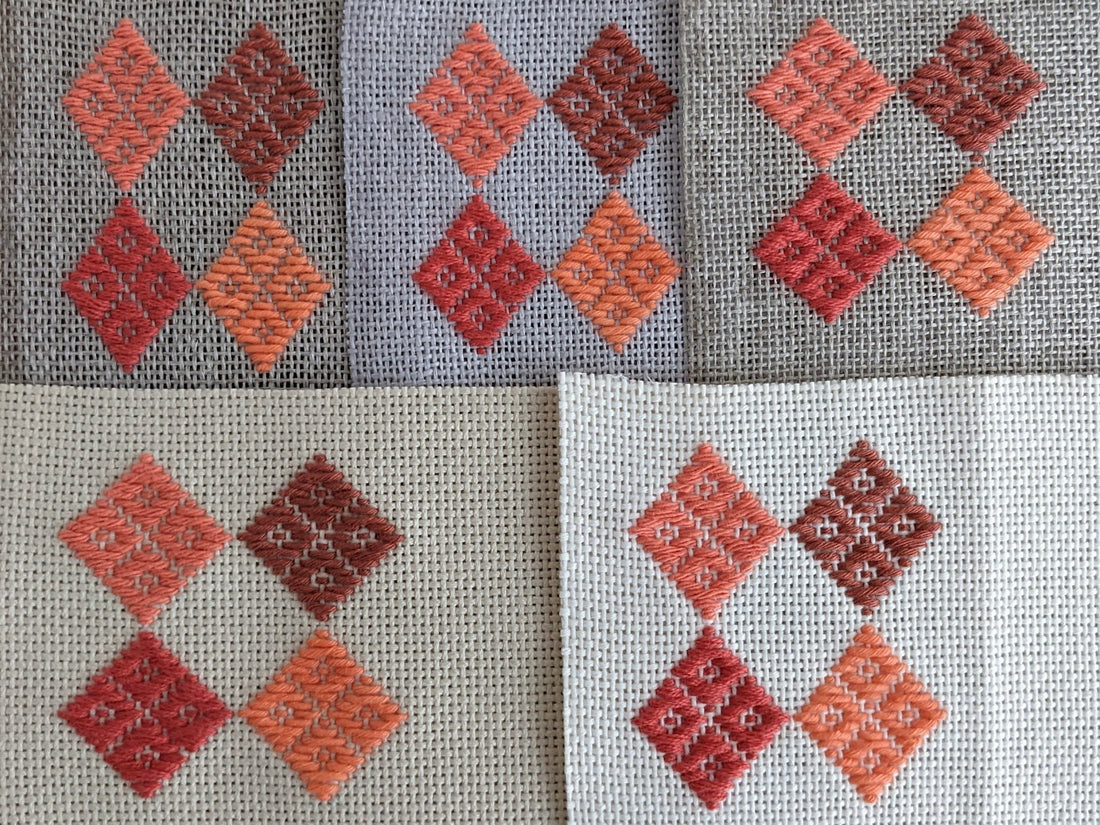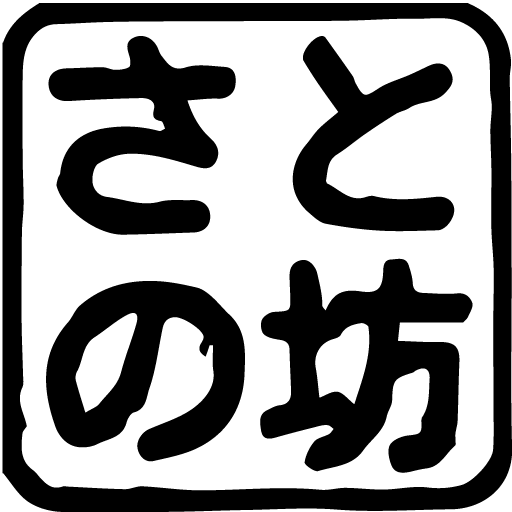
Introduction to Koginzashi Kit
◆Satonobo Koginzashi Kit
Satonobo's Koginzashi kit is produced with the following two themes, with the concept of helping beginners enjoy Koginzashi .

(Skill Up Kit 3)
1 [Skill Up Kit] (There are 1 to 10)
the purpose
-Experience some of the basic movements that appear in Kogin-zashi designs through the designs, increase your ability to express yourself, and enjoy Kogin-zashi even more.
・Experience with various materials, learn the differences, and find your favorite material.
It also explains the movement of connecting and enlarging patterns and how to grasp designs that can easily get lost, so I think this will help you see clearly when working on complex-looking designs such as old designs.
2 [Kit to enjoy the seasons]
the purpose
・Easy to enjoy Kogin-zashi patterns and incorporate them into your daily life through simple designs with seasonal motifs (Doll's Festival, Children's Day, Christmas, etc.).
Each kit has a title, so you can enjoy the most suitable one. Many people use it as a gift to celebrate or express their feelings of gratitude, and it also serves the function of deepening communication with loved ones.

◆Background of kit production Satonobo started producing kits because social activities were restricted due to the new coronavirus, she gave birth to her second child around the same time, and the workshops she had been holding regularly until then. There are two things that have made it difficult to do.
At first, we received requests from people who participated in the workshop who wanted a Doll's Festival Kogin pattern. When I talked about this on Instagram, I received feedback from people around me, so I started making kits.
I started making kits due to demand, but I also started offering kits as skill-up kits that incorporate the movements that I personally find appealing about kogin-zashi, and this has led to the establishment of our current two pillars. became.

◆The story behind the design process I'm the type of person who enjoys kogin zashi without making a design, so when I started making kits, I learned how difficult it is to create a pattern. I tried writing it by hand several times, but I couldn't write it beautifully, and I wasn't at a level where I could offer it to others, so I tried to express it digitally (using Illustrator), and that's what I'm doing now.
I'm still not very good at using the tools, but I've improved over the past three years by being able to write designs that I feel are easy to read. (There are several styles of design notation, and I wanted to avoid that because I had the experience of getting drunk and confused by design books.) Gradually I came to know the functions of the tools, and at first the design proportions were geometric. However, currently we are trying to provide designs with an aspect ratio that is close to the sample . I still have a lot to learn, but I hope to improve the designs so that they are easier for customers to work on.
From now on, I will introduce explanations of each kit little by little, so if you enjoyed it, I hope you will take a look at the Kogin-zashi that was created once again.
Let's enjoy Koginzashi together!
The photos in the article are of the kogins that appear in the starter kit, embroidered with various threads on various fabrics. It's just a small part, but you can feel the difference just by looking at the photos! Kogin-zashi is fun!
Satonobou
